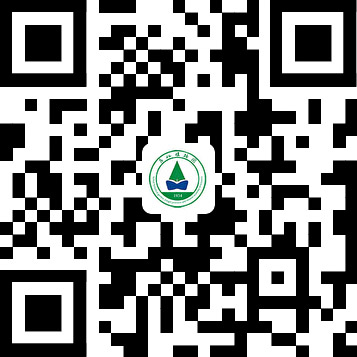DNA barcoding and comparative RNA-Seq analysis provide new insights into leaf formation using a novel resource of high-yielding Epimedium koreanum
| 論文作者 | Jiaxin Yang, Siqing Fan, Min Guo, Zhaoqi Xie1, Qiqing Cheng, Puxin Gao* and Chunsong Cheng* |
| 刊物 | Frontiers in Plant Science |
| 標(biāo)識(shí)符 | 10.3389/fpls.2023.1290836 |
| 摘要 | Epimedium koreanum Nakai, a well-known traditional Chinese medicinal herb, has been widely used to treat osteoporosis and sexual dysfunction for thousands of years. However, due to the decreasing population of East Asian natural resources, yearly output of Epimedium crude herb has been in low supply year by year. In this study, an unusual variety of E. koreanum was discovered in Dunhua, Jilin Province, the northernmost area where this variety was found containing 6 individuals, with three branches that had 27 lea?ets, which is much more than the typical lea?et number of 9. Firstly, the novel E. koreanum varety was identi?ed using DNA barcodes. Then, 1171 differentially expressed genes (DEGs) were discovered through parallel RNA-seq analysis between the newly discovered variety and wild type (WT) E. koreanum plant. Furthermore, the results of bioinformatics investigation revealed that 914 positively and 619 negatively correlated genes associated with the number of lea?ets. Additionally, based on RNA-Seq and qRT-PCR analysis, two homologous hub TCP genes, which were commonly implicated in plant leaf development, and shown to be up regulated and down regulated in the discovered newly variety, respectively. Thus, our study discovered a novel wild resource for leaf yield rewarding medicinal Epimedium plant breeding, provided insights into the relationship between plant compound leaf formation and gene expression of TCPs transcription factors and other gene candidates, providing bases for creating high yield cultivated Epimedium variety by using further molecular selection and breeding techniques in the future. |




